Debt Relief: Part of our Business – Part of the Solution
May 2, 2019Debt Relief & Debt Forgiveness – What It Really Means for South Africans
It’s easy to get excited about innovation—especially when it promises to disrupt the status quo. Debt relief is one such topic, particularly now as policymakers and credit providers explore ways to support over-burdened consumers.
What Is Debt Relief or Debt Forgiveness?
Debt relief occurs when customers settle their debt for less than the total outstanding amount owed to the creditor. This can happen through:
- A formal legal mechanism, or
- A consensual agreement between the customer and the credit provider.
Although legislation around formal debt relief is new, consensual debt settlements have existed for decades.
The Secondary Market for Non-Performing Loans (NPLs)
South Africa has a long-established secondary market where credit providers sell their non-performing loans (NPLs) to registered third-party credit providers. Secondary Market: The original lender (bank, retailer, etc.) sells a delinquent account to a licensed debt purchaser when:
- the customer is unlikely to rehabilitate,
- or future credit extension becomes improbable.
Why Credit Grantors Don’t Offer Big Discounts Directly
Credit providers cannot simply offer all struggling customers huge discounts, because of contagion risk: Contagion: If paying customers realise that withholding payment results in discounts, a domino effect could damage the credit provider’s entire loan book. To avoid this, lenders transfer NPLs to debt acquirers, who can offer deeper discounts without creating this systemic risk.
Debt Relief Through NPL Sales—The Hidden 90% Write-off
Each year:
- R20 billion+ in NPLs are sold, and
- Credit grantors receive about R1 billion for them.
Debt acquirers usually only recover around R2 billion from these purchased debts. This leaves approximately R18 billion—about 90%—effectively “forgiven” This is standard, ongoing, free-market debt relief that operates independently of government.
Legislated Debt Relief vs. Market-Driven Relief
Government is creating a formal debt relief process for: Consumers earning below R7,500/month, with unsecured debt under R50,000.
But the secondary NPL market already provides debt relief to a much broader group, including: Middle-income consumers; Higher-income but over-indebted individuals; Those who do not qualify under the formal NCR-driven legislation
And it does so: Efficiently; With minimal administration; At zero cost to the state; At large scale, year after year
Written by Peter Watson – Executive
